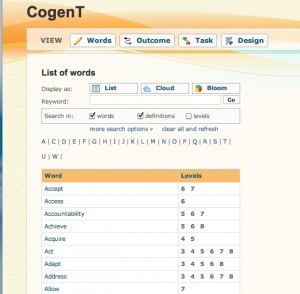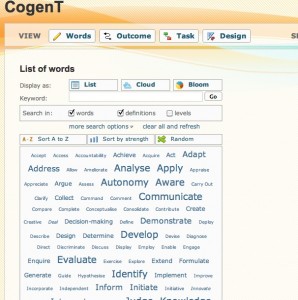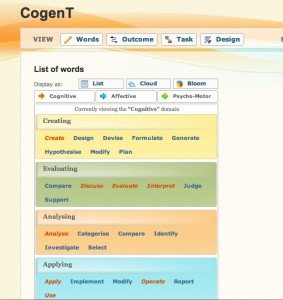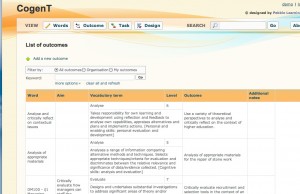“Win, win, win” is the mantra from Stephen Vickers (ceLTIc Project, University of Edinburgh) is going to be taking to the Blackboard conference next week. During yesterday’s webinar “IMS LTI and LIS in Action”, Stephen gave an overview of the integrations the ceLTIc project have been able to achieve using basic LTI. And it does seem that we might actually be at a turning point for both basic (and hopefully full LTI) with most of the major VLE vendors now implementing it, and projects such as ceLTIc and EILE (University of Kent), who also presented their work using LTI with Moodle, being able to show real examples of a number of service integrations including blogs, reading lists and streaming servers.
However the biggest battle for uptake and adoption is probably the hardest one – the move from general awareness raising to actually widespread and commonplace use. And, as Stephen pointed out this isn’t just an question of making developers more aware of, but teachers too. So they are the ones asking the question of their VLE teams “do you support LTI” with the knowledge that they can integrate or “mix and match” a lot more “web stuff” into their VLE if the answer is yes. The IT departments should also have the confidence that taking this approach will mean that they can bring more services into their VLE, offer more flexibility to academic staff and not have to worry about a major system upgrade every time they want to add another service.
However these things can take time, and even in the JISC DVLE programme it’s only the ceLTIc project who are actually using LTI. The other projects have noted interest, but as is so often the case, it’s just not quite a priority at the moment, possibly because a number of the projects are dealing with more administrative and non VLE services. Also as the CETIS DLE briefing paper outlined there are a number of potential models for learning environment integration – LTI isn’t the only game in town. On the plus side with more major players now actively involved we might just be on the cusp of seeing some significant advances over the coming year.
The session also included an update from Linda Feng (Oracle) on recent developments with the IMS LIS specification. Again it was encouraging to hear that the working group have been trying to make the spec as usable and flexible as possible. Linda explained how the IMS working group have been developing a set of profiles to allow greater flexibility for implementers and more importantly the profiles will be available, tested and ready before the spec is finalised. Taking this more iterative approach has already allowed the working group to already sort out some element naming gotchas.
Linda also gave a quick walkthrough of a demo of some work Oracle and Blackboard having been doing with SIS data and will be presenting at next week’s BB Conference (an annotated version of the demo is available online). Phil Nicolls (Psydev) then demo’d some bulk data imports from the a cloud service into Moodle.
So all in all a very interesting session with lots of real examples of standards being used in real situations. The recording is available for viewing by following this link.



